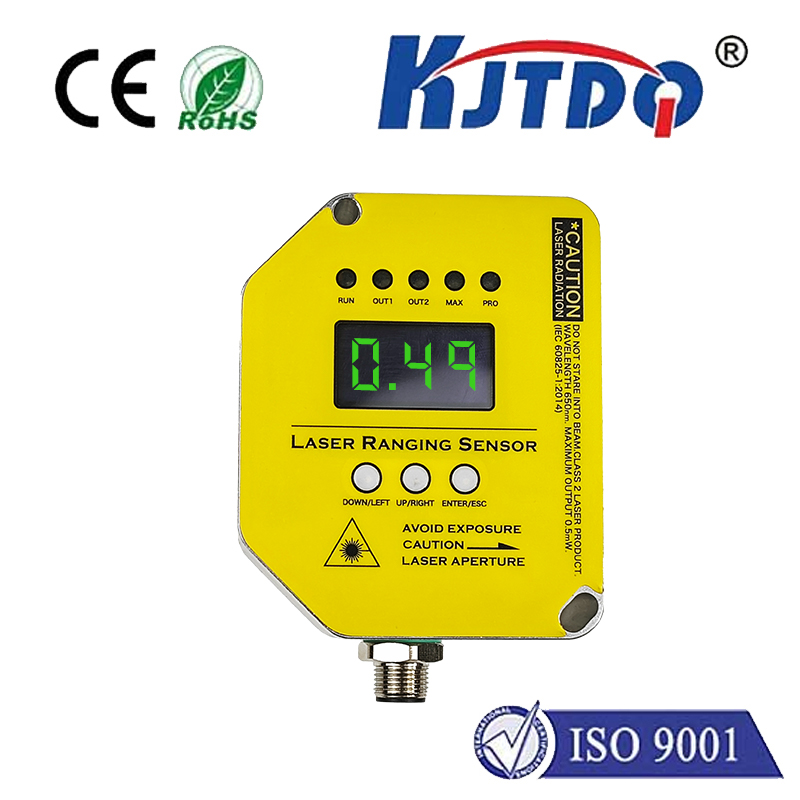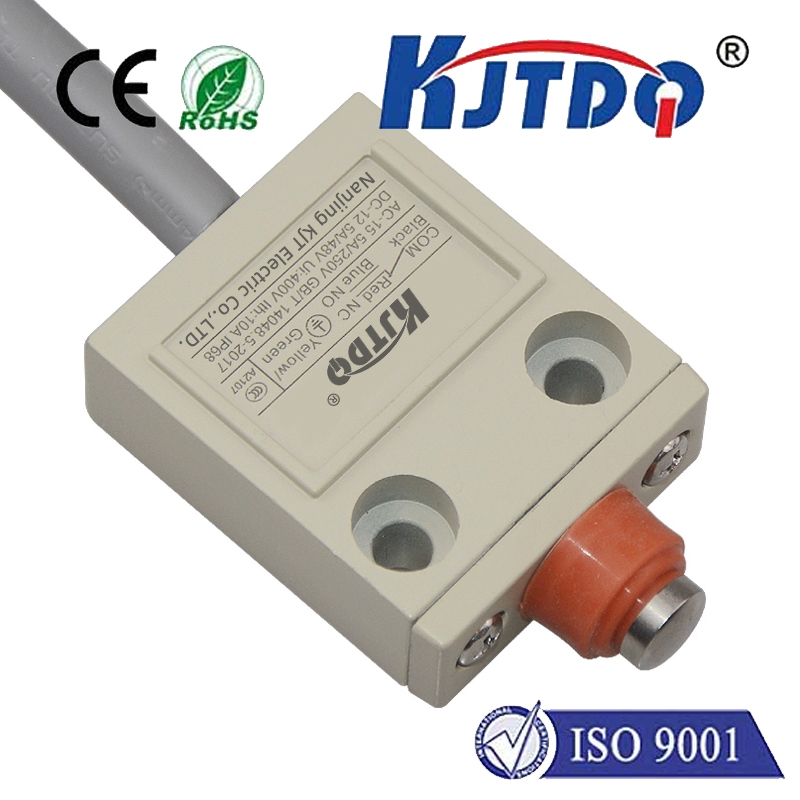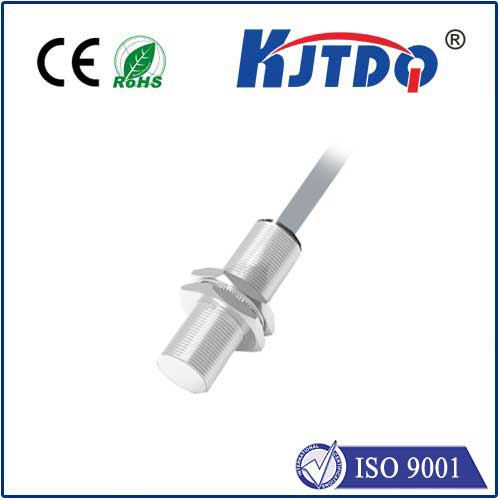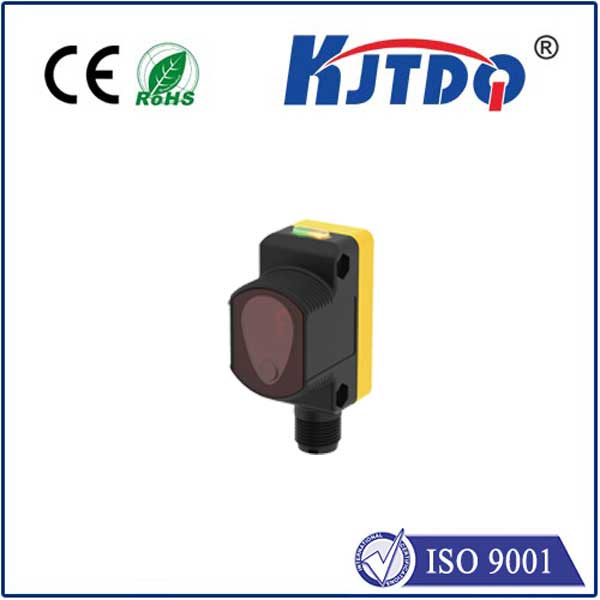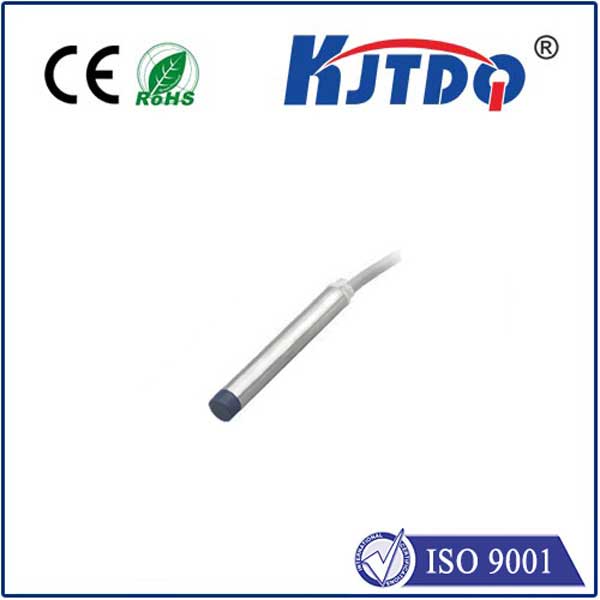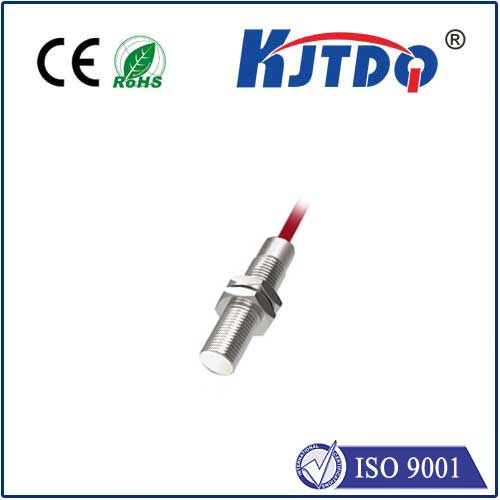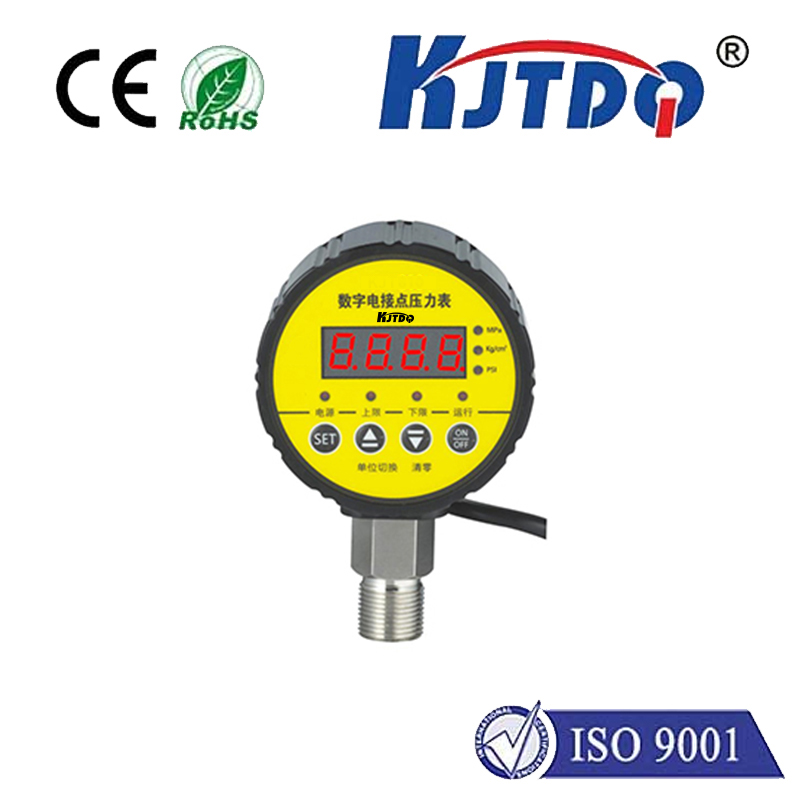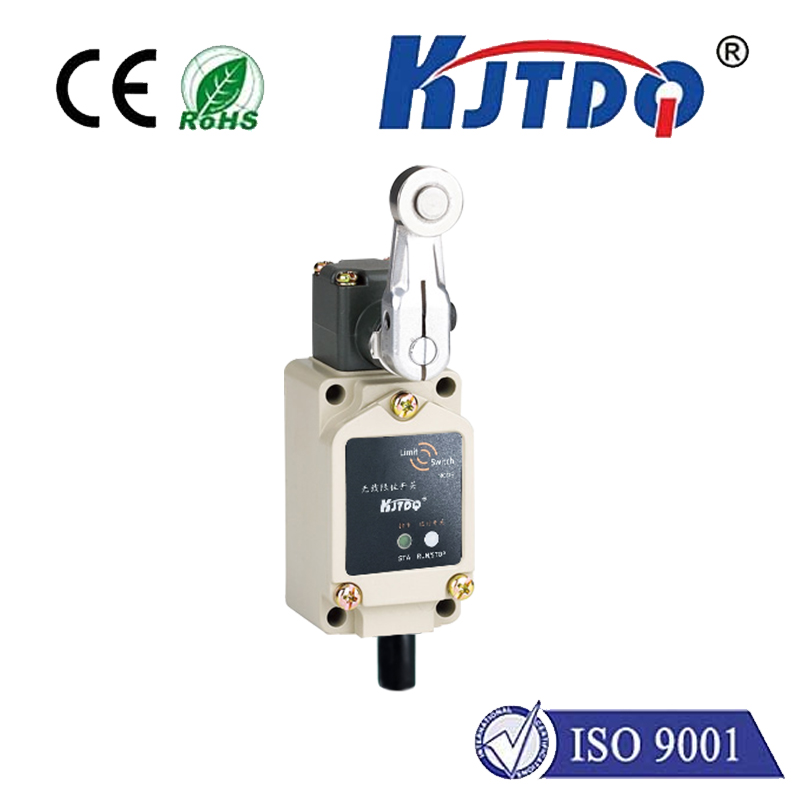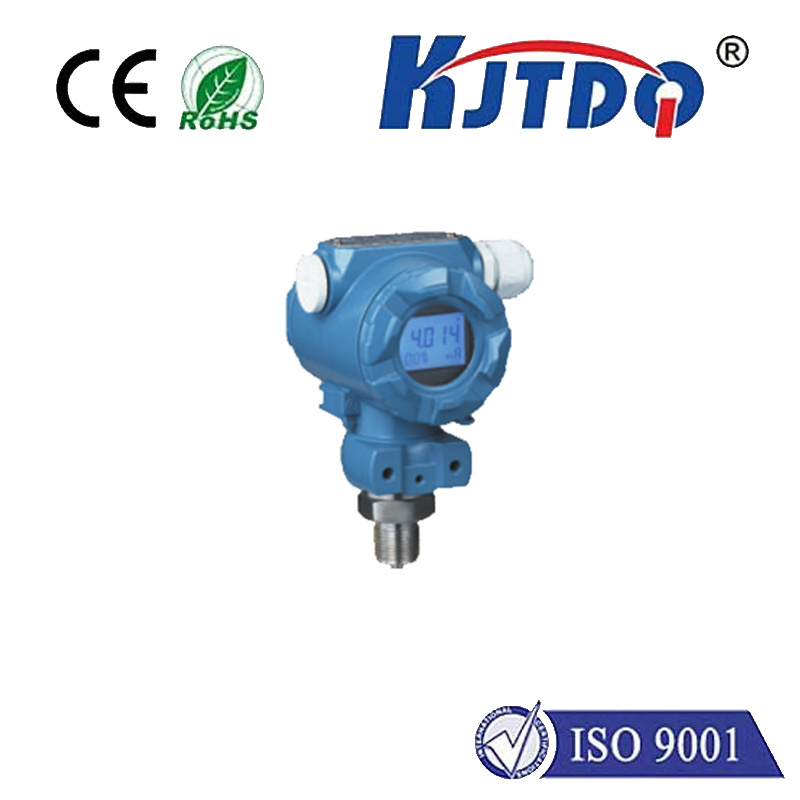temperature sensor in iot
- time:2025-08-24 04:59:03
- Нажмите:0
The Unsung Hero: How IoT Temperature Sensors Are Quietly Transforming Industries
Title: Beyond the Gauge: The Critical Role of Temperature Sensors in the IoT Ecosystem
Imagine a shipment of life-saving vaccines traversing continents. Its potency hinges on maintaining a precise, cold chain. One unnoticed temperature spike could render the entire cargo useless. Now, picture vast acres of vineyards where the perfect grape relies on microclimate control, or energy-hungry data centers where overheating servers spell disaster. In each scenario, and countless others, a miniature electronic sentinel stands guard: the IoT temperature sensor. More than just digital thermometers, these devices are the fundamental building blocks of intelligent environments, weaving a web of thermal awareness that is revolutionizing how we live, work, and manage our world.
What Exactly is an IoT Temperature Sensor?
At its core, an IoT temperature sensor is a compact electronic device designed to measure the ambient temperature of its surroundings and transmit that data wirelessly over the internet or a local network. Unlike traditional thermostats or standalone thermometers, their true power lies in connectivity and data integration. They typically consist of:
- Sensing Element: The component that physically detects temperature changes (common types include thermistors, RTDs, and semiconductor-based sensors).
- Signal Conditioning Circuitry: Converts the raw electrical signal from the sensing element into a usable digital or analog output.
- Microcontroller: A small processor that manages the sensor’s operation, processes data, and handles communication.
- Communication Module: Enables wireless transmission of data using protocols like Wi-Fi, Bluetooth (BLE), Cellular (NB-IoT, LTE-M), LoRaWAN, or Zigbee.
- Power Source: Often batteries (with a focus on low power consumption), but can also be powered via mains or energy harvesting in some deployments.
The Indispensable Applications: Where IoT Temperature Monitoring Makes a Difference

The ability to gather and act upon temperature data remotely and in real-time unlocks transformative potential across diverse sectors:
- Smart Agriculture & Precision Farming: Monitoring soil temperature, greenhouse environments, and storage facilities is crucial. IoT sensors enable farmers to optimize irrigation, predict frost events, prevent spoilage in silos or cold stores, and create ideal microclimates for specific crops, significantly boosting yield and reducing waste. Data-driven decisions replace guesswork.
- Industrial Process Control & Manufacturing: In processes ranging from chemical reactions to food production and pharmaceutical manufacturing, maintaining precise temperatures is often non-negotiable. IoT sensors provide continuous monitoring, ensuring product quality, safety compliance, and operational efficiency. They can trigger alerts for deviations and integrate with control systems for automated adjustments.
- Cold Chain Logistics: This is arguably one of the most critical applications. Monitoring the temperature of perishable goods – pharmaceuticals, food, biologics – throughout the entire supply chain journey is essential. IoT sensors provide an auditable trail, ensuring regulatory compliance, guaranteeing product integrity, and drastically reducing spoilage losses. Real-time alerts allow for immediate intervention if conditions breach safe thresholds.
- Building Management & HVAC Optimization: Smart buildings leverage numerous Датчик температуры to monitor room conditions, server rooms, and equipment. This data feeds into HVAC systems to optimize heating and cooling based on actual occupancy and need, leading to substantial energy savings and enhanced occupant comfort.
- Environmental Monitoring: Tracking ambient temperature in forests, rivers, urban areas, or wildlife habitats provides valuable data for climate research, pollution studies, conservation efforts, and early warning systems for events like wildfires.
- Remote Asset Monitoring: Monitoring the temperature of critical but inaccessible assets – like electricity substations, remote pipelines, or telecom cabinets – helps predict equipment failure due to overheating and enables preventative maintenance, minimizing downtime.
- Healthcare & Lab Environments: Maintaining strict temperatures in laboratories, blood banks, vaccine refrigerators, and patient care areas is paramount. IoT sensors provide continuous oversight and immediate alerts, safeguarding sensitive materials and patient safety.
Beyond the Reading: How IoT Temperature Sensors Enable Intelligence
The magic of IoT sensors lies not just in measurement, but in the ecosystem they enable:
- Continuous Data Acquisition: Sensors collect temperature readings at pre-configured intervals, providing a rich historical context.
- Wireless Data Transmission: Using their communication modules, they send this data to a central gateway or directly to the cloud (Cloud Platform).
- Cloud Processing & Storage: Data streams into cloud platforms where it can be stored, visualized on dashboards, and analyzed.
- Actionable Insights & Automation: This is where intelligence kicks in. Analytics software can detect trends, predict potential issues (like impending equipment failure based on rising heat), and trigger automated responses. For example:
- Sending an alert notification to a manager’s phone if a freezer temperature rises.
- Automatically turning on backup cooling in a server room.
- Flagging a logistics shipment for inspection due to a detected temperature excursion.
- Adjusting HVAC settings in real-time based on occupancy and ambient temperature readings. This capability for predictive maintenance and automated control unlocks immense value.
- Remote Accessibility: Authorized personnel can monitor temperatures from anywhere with an internet connection, providing unprecedented oversight and control.
Key Features Defining IoT-Centric Temperature Sensors
Not all temperature sensors are created equal for the demands of IoT deployments. Critical features include:
- Connectivity: The choice of wireless protocol (BLE, Wi-Fi, LoRaWAN, Cellular) depends heavily on range, bandwidth needs, power constraints, and infrastructure.
- Power Efficiency & Battery Life: Many sensors operate remotely for years on small batteries, demanding ultra-low power consumption design, especially those using LPWAN protocols.
- Accuracy & Precision: While requirements vary, consistent and reliable readings within the needed tolerance are essential. Calibration capabilities are often important.
- Environmental Ruggedness: Sensors may need to withstand moisture (IP ratings), dust, extreme temperatures themselves, or potentially corrosive atmospheres.
- Data Security: Protecting the transmitted temperature data from unauthorized access is crucial, particularly in sensitive applications like healthcare or industrial control.
- Ease of Deployment & Scalability: Solutions should be relatively simple to install across potentially hundreds or thousands of points and easily managed centrally.
- Edge Computing Capability: Some advanced sensors can perform preliminary data analysis locally (edge intelligence), reducing latency and bandwidth usage by sending only relevant insights to the cloud.
Why They Matter: The Strategic Advantage
Integrating IoT temperature sensors is more than a technical upgrade; it’s a strategic move delivering tangible benefits:
- Enhanced Efficiency: Optimize processes (manufacturing, HVAC), reduce manual checks, minimize spoilage.
- Improved Safety & Compliance: Ensure product quality (pharma, food), prevent equipment failure, maintain safe environments, automate audit trails.
- Significant Cost Savings: Reduce energy consumption (HVAC), prevent catastrophic losses (spoilage, equipment downtime), lower labor costs.
- Data-Driven Decision Making: Move from reactive to predictive and proactive management based on real-time and historical thermal data.
- Sustainability: Optimizing energy use and reducing waste contribute directly to environmental goals.
The Silent, Essential Pulse of a Connected World
**IoT

